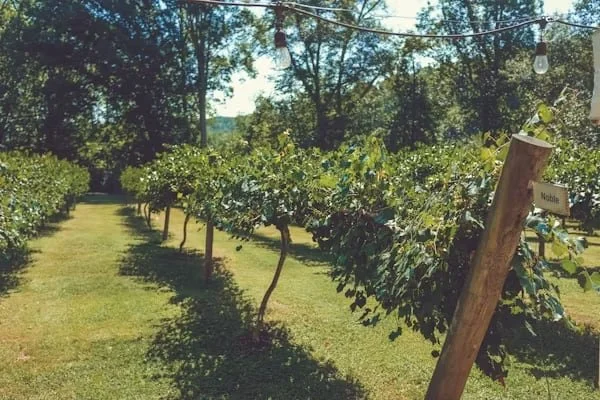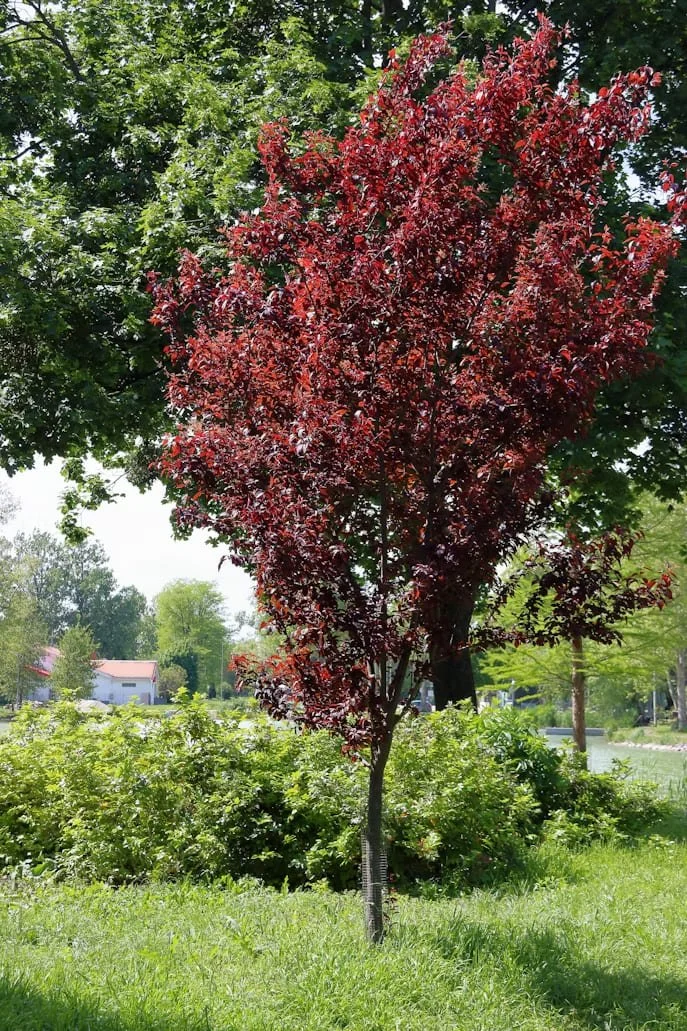Mid-Summer Pruning — What and When to Cut Back
Dear friend,
Here we are, smack dab in the heart of July. The crickets are in full chorus, the daylilies are waving their golden trumpets, and if you’re anything like me, you’re finding reasons to linger outside just a little longer in the evenings. There’s something timeless about this part of summer. The garden feels full—ripe, humming, slightly unruly in the best way.
But if you look closely, you’ll also notice a certain tiredness setting in. A few perennials have bloomed their hearts out and now sag a little under the weight of spent flowers. Tomato vines are wandering in every direction. That cheerful mound of petunias? Looking more like a shaggy sheepdog by the day.
It’s tempting to leave the pruning shears in the shed this time of year, especially after all the hard work that went into spring prep. But believe it or not, mid-summer is a perfect time to step in with a light touch, giving the garden a bit of a refresh that keeps it looking lively through the dog days of August and even into fall.
Years ago, I hesitated to prune in the heat of summer. I had it in my head that any cutting back would stress the plants too much—or worse, remove potential blooms. But an older gardener I respected gently corrected me: “A good summer prune,” he said, “isn’t a punishment. It’s a reset.” And how right he was.
Let’s start with the perennials.
Take salvia, catmint, coreopsis, and veronica—all garden staples that tend to give their best flush of blooms in late spring or early summer. By July, their flowers start to look a little ragged, and the whole plant may begin to sprawl or fade in color.
This is your cue: cut them back by about one-third, even as much as half in some cases. Use clean, sharp shears and snip just above a set of healthy leaves. Water them well afterward, and if the soil is depleted, give them a small dose of compost tea or a balanced, slow-release fertilizer. Within a couple of weeks, you’ll often see new buds forming—sometimes smaller, but still lovely—and the foliage will fill in thick and tidy.
I did this just last week with a clump of coreopsis that had gone dull and leggy. A little trim, a generous drink, and I can already see fresh shoots pushing up from the base. It's like breathing life back into a fading tune.
Roses are another classic case for mid-season care.
If you're growing repeat-blooming roses, especially hybrid teas or floribundas, they’ll thank you for a light pruning once their first big flush of blooms has passed. Remove spent blossoms (a practice known as deadheading) and trim back any thin or overly leggy stems.
Be gentle—this isn’t the deep cut you’d do in winter or early spring. Instead, think of it as shaping and refreshing. I like to prune early in the morning when the day is cool, and I always make sure to leave plenty of healthy foliage to fuel the plant’s next round of growth.
Now let’s wander into the vegetable garden, where pruning can be more about management than aesthetics.
If you’re growing indeterminate tomatoes, you might have noticed they’re starting to resemble a jungle. While I don’t prune them too aggressively, I do like to remove suckers—those little shoots that emerge from the crotch between a branch and the main stem. Left unchecked, they’ll produce new growth that can lead to tangled, crowded vines and less airflow.
Pruning some of those suckers can help your tomato plant focus its energy on ripening existing fruit, rather than endlessly producing new leaves. It’s also a way to reduce disease risk—especially in humid climates where early blight and leaf spot like to hide in the lower canopy.
Speaking of lower leaves, I’ll also remove any tomato foliage that’s touching the ground or showing signs of yellowing. This reduces the chance of soil-borne pathogens splashing up during watering or storms.
Basil, too, benefits from regular pinching.
If you’ve noticed your basil sending up flower spikes, it’s time to act. Once basil blooms, the flavor of the leaves changes—becoming more bitter and less fragrant. I make it a habit to pinch off the tops of my basil plants every week or so, which encourages bushier growth and keeps the leaves sweet.
(Of course, if you want to feed the pollinators, let one plant bloom. The bees adore basil flowers!)
Now, let’s not forget about annuals in containers or beds.
By mid-July, many annuals like petunias, geraniums, and calibrachoa can look tired and straggly, even if they’re still blooming. This is when I do what my friend calls “the big annual reset.”
I line up my planters, grab a pair of snips, and cut each plant back by about one-third. Yes, it looks a little bare at first, but within a week or two—especially with a bit of water and fertilizer—they bounce back fuller, greener, and ready for round two.
A little mid-season maintenance can carry those summer color displays all the way into fall.
Shrubs can be trickier.
Some, like forsythia, azaleas, and weigela, bloom on “old wood”—meaning they set next year’s flower buds soon after this year’s blooms fade. Ideally, you’d prune these in late spring or early summer, just after flowering. But if you’ve missed the window, a very light trim for shape is still possible, especially if you’re just removing overly long or awkward stems.
Avoid cutting more than 10-15% at this point, and try not to remove too much new growth. When in doubt, wait until next spring.
Shrubs like boxwood, spirea, or hydrangea paniculata (panicle hydrangeas) are more forgiving and can be trimmed lightly in summer to maintain their shape or prevent overgrowth. Just be sure to check whether your hydrangea blooms on new or old wood—this varies by species and determines when you should prune.
Then there’s the purely practical side of mid-summer pruning:
Removing dead, diseased, or damaged branches
Improving airflow to prevent mildew or fungal issues
Thinning out overly dense canopies that might be harboring pests
If you spot a brittle branch, a canker, or leaves with suspicious spotting, it’s wise to trim them out. Just be sure to sterilize your tools between cuts when dealing with potential disease. A quick dip in rubbing alcohol or a bleach solution can prevent spreading issues from one plant to the next.
Now, a word of caution: don’t prune when plants are stressed.
If your shrub or perennial is wilting in the midday heat, hold off. Water it well and give it a day or two to recover before making any cuts. You want the plant to be in a state of strength, not survival, when you prune.
Also, be mindful of wildlife. Birds may still be nesting in thick shrubs. Before you reach into a viburnum or boxwood, give the foliage a gentle shake and listen. I once startled a mama cardinal this way and learned to always check first.
Finally, keep yourself in mind, too. July heat is no joke. I try to prune in the early morning or just before sunset, when the sun is lower and the breeze might be a little kinder. Wear light, breathable clothes, drink plenty of water, and work in short bursts. The garden will still be there tomorrow.
In many ways, mid-summer pruning is about balance—not reshaping the garden entirely, but nudging it gently back into its best form. A little off the top, a cleanup around the edges, and you’ll see the results in just days: new growth, more blooms, and plants that look refreshed and vibrant, just like the day they were planted.
It’s a good reminder, too, that the garden isn’t static. It breathes, stretches, and grows in fits and starts. Our job isn’t to control it completely, but to meet it where it is—right now—and offer a little care that helps it shine again.
Until next time, happy snipping. May your garden thrive through these warm weeks ahead.
Warmly,
Logan
P.S. Need help identifying what to cut back or how to reshape a bed mid-season? We’re here to lend a hand. Visit Unicorn Farm Nursery & Landscaping to schedule a pruning consultation or seasonal tune-up. Your garden will thank you.

